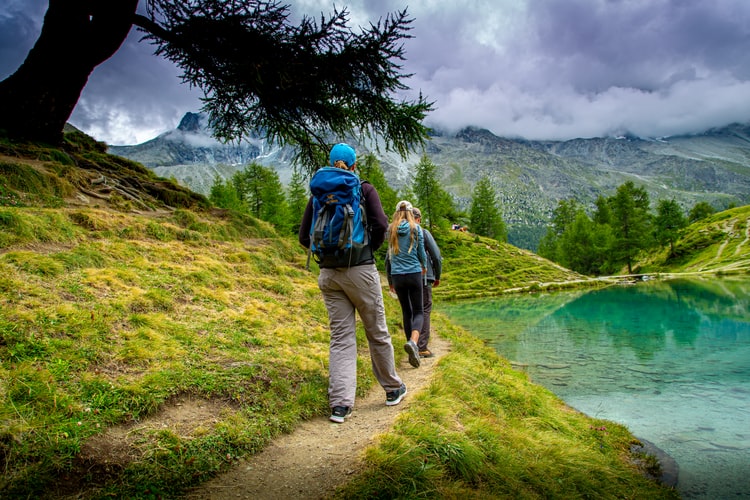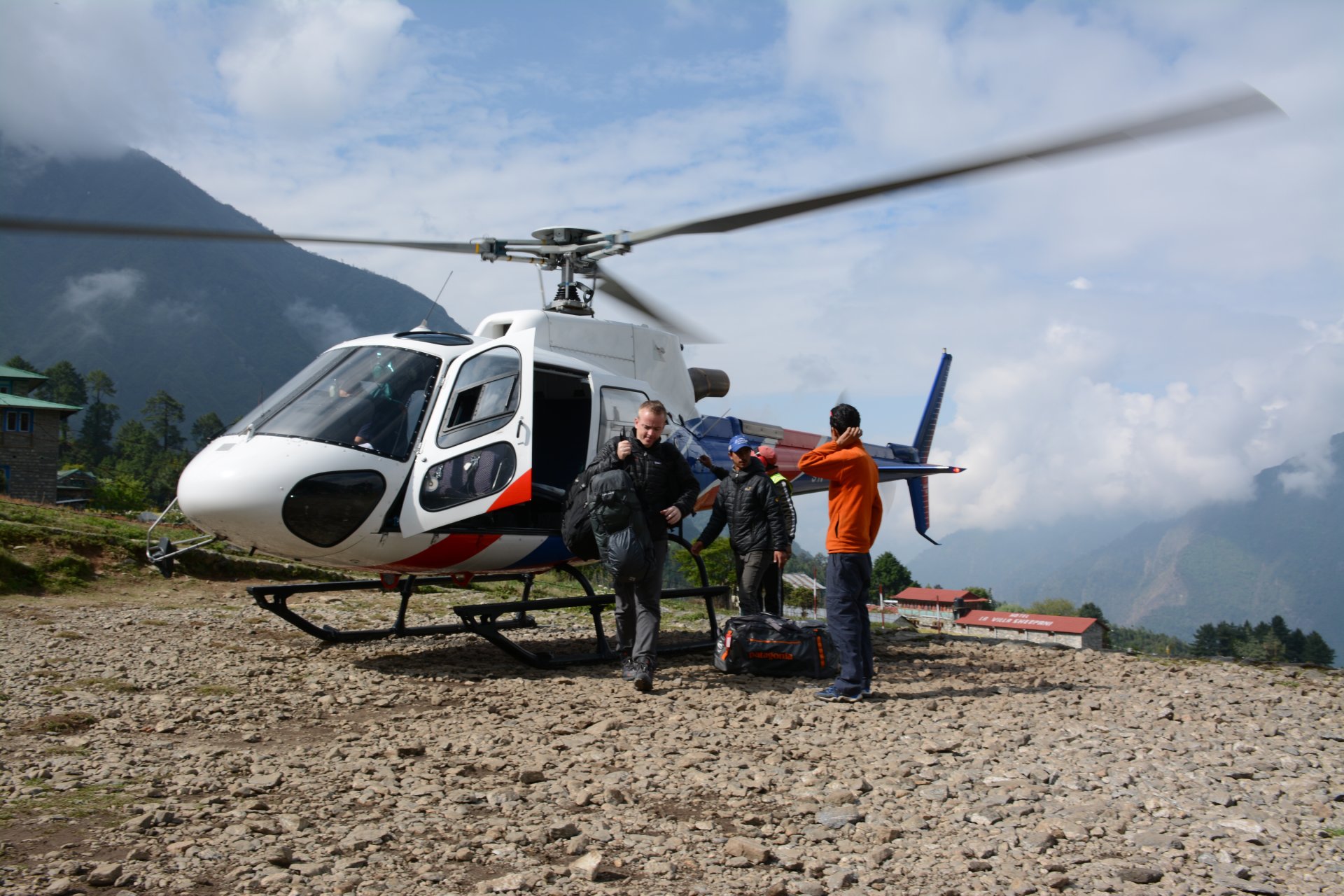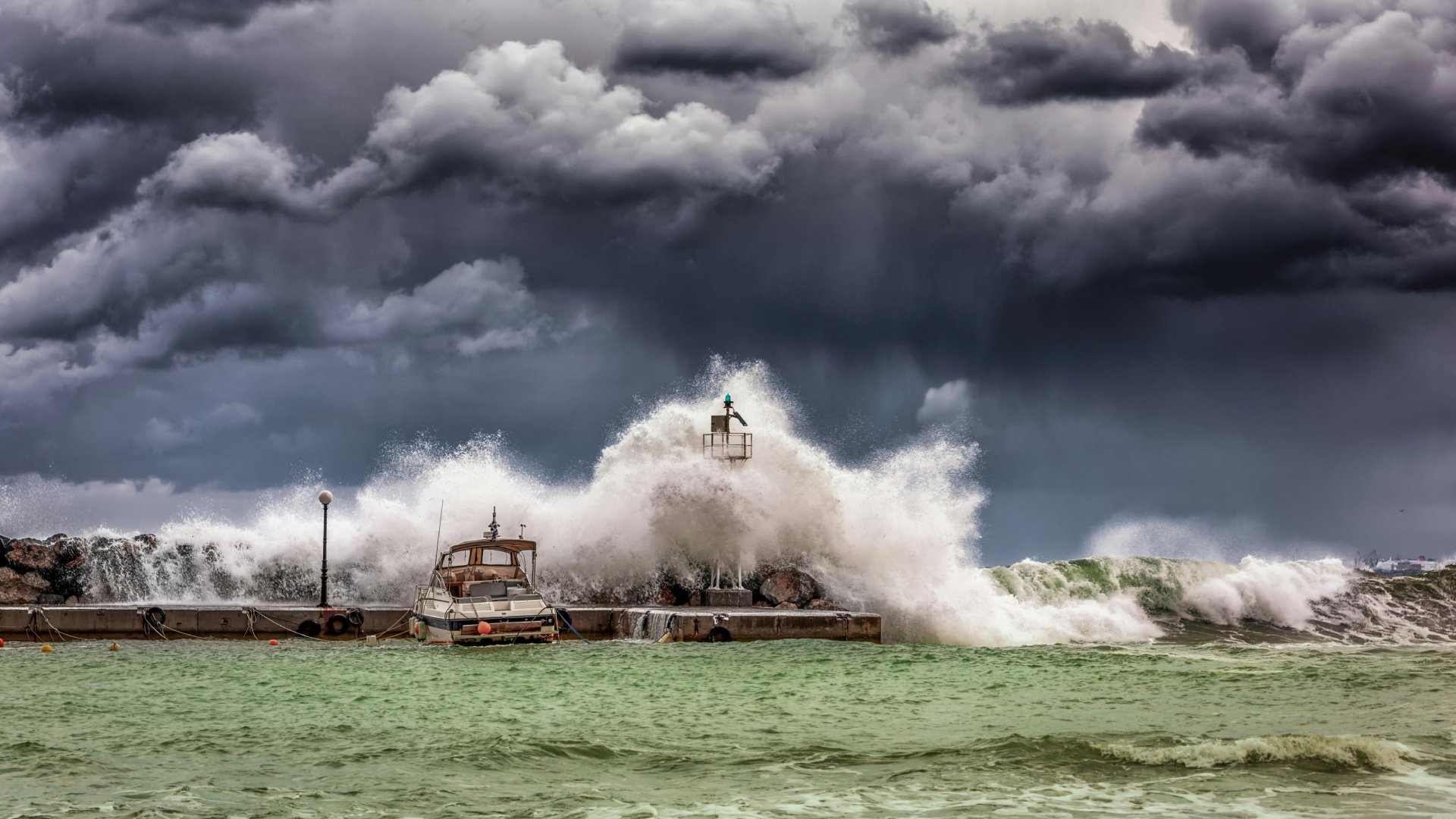The world was locked down. Self-isolation was the norm. If you ventured outside your home during the pandemic, social distancing was required. So what did people do? Hike.
AllTrails, the largest hiking and trail-specific navigation app, found the number of hikes logged in 2020 was up 171.36% compared to 2019 and the number of individual hikers increased 134.7%.
Everyone was ready to get outside, but not everyone was ready for the challenges of hiking: weather, wildlife, physical fatigue, dehydration, altitude sickness and navigation knowledge.
[Related Reading: How to Stay Hydrated]
“We have provided medical advisory services or field rescues by ground team and/or helicopter to thousands of members in the U.S., Canada, Mexico, Peru, Argentina, Nepal, Tibet, Pakistan, Europe, Russia and many other locations,” said Dave Keaveny, medical operations specialist at Global Rescue. “Recently we performed field rescues for multiple hikers in Nepal with high-altitude ailments and even COVID-19.”
Is hiking safe? Of course, if you follow these hiking safety tips from Global Rescue experts and Safe Travel partners.
Basic Hiking Safety Tips
Most trail walkers are aware of the basic hiking and backpacking safety tips: telling someone where you are going and when you will return, bringing a cell phone with you, choosing a well-defined trail, wearing proper clothing, including footwear, and staying hydrated.
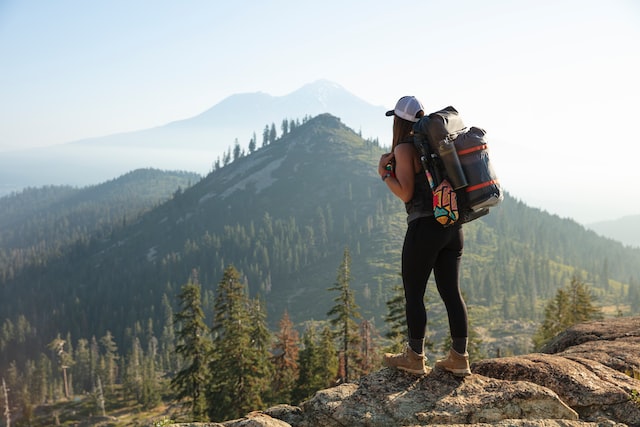
Women’s Hiking Crew Adventures, an online community of hiking women and a Global Rescue Safe Travel partner, provides a gear list for a 1- to 3-mile trail with less than a 500-foot elevation gain. It includes 1-2 liters of water, a snack, sunblock, a hat and proper clothing for the weather. The organization offers a comprehensive and adaptable day hiking checklist for the backcountry.
“The American Hiking Society recommends everyone pack the ‘Ten Essentials’ every time you head out for a hike,” said Brian Hamilton, founder of Skyblue Overland and Global Rescue Safe Travel partner.
“Whether you plan to be gone for a couple of hours or several months, make sure to pack these items, which consist of life-saving gear: navigation, sun protection, insulation, illumination, first aid, fire, repair kit, nutrition, hydration and emergency shelter. Become familiar with these items and know how to use them.”
Keaveny advises reading the mountain and the weather. “Listen to your gut. Have a plan B and don’t be ashamed to turn around. The mountain will be there tomorrow,” he said. “Global Rescue Mountain Advisory Council member and legendary mountaineer Ed Viesters has a good motto: ‘Getting to the top is optional, getting down is mandatory.’”
Three Common Injuries
Coreen Kreutzer RN, BSN, DiMM of Atlas Wilderness Medical Education explains the three common hiking injuries — dehydration, ankle and foot trauma, and hypothermia — during a lecture co-sponsored by Trusted Health and the Wilderness Medical Society, a Global Rescue Safe Travel partner.
“Dehydration can happen in hot and cold environments, even water environments like scuba diving,” said Kreutzer. “If you’re feeling thirsty, you’re already down 1 to 1 ½ liters.”
“Dehydration occurs when you use or lose more fluid than you take in, and your body doesn’t have enough water and other fluids to carry out its normal functions,” said Dave Keaveny, medical operations specialist at Global Rescue. “Be sure not to overhydrate before or during your hike so you don’t wash out important electrolytes. Replacing and maintaining electrolytes is just as important as replacing and maintaining hydration.”
It’s a common mistake for many hikers. “A common mistake made by many people, especially beginners, is not staying properly hydrated,” said Roger J. Wendell, staff member and longtime volunteer with the Colorado Mountain Club, a Global Rescue Safe Travel partner.
Ankle and foot trauma includes tendonitis, sprains, strains, dislocations and fractures. Beginning hikers, perhaps not well trained for the distance of the hike or the extra weight of a backpack, are prone to tendonitis, an inflammation of the tendon.
“To avoid this problem, consider taking shorter steps when going uphill, use hiking poles, take more frequent steps and address pain immediately,” Kreutzer said. “If any pain occurs, stop and ice the tendon and apply local massage. Reduction of weight in your pack may be necessary to continue on.”
In general, Kreutzer suggests starting with small short hikes and add in weight gradually to prepare for long distances.
“Training for a hike is dependent on the distance and the difficulty of the hike. This will strengthen the tendons and muscles supporting the feet,” Kreutzer said. “If tendonitis is not addressed, it can turn into a strain or a tear from overuse, which is why it should be addressed early. Backpacker Magazine has a great article on training programs and strengthening exercises.”
Like dehydration, hypothermia can occur at almost any temperature or in any environment. “You’ll want to recognize the signs and symptoms of hypothermia when they are in the mild phase,” Kreutzer said.
Mild hypothermia is defined as a core body temperature of 90-95 degrees Fahrenheit.
“In mild hypothermia, the first sign is usually subtle,” Kreutzer said. “This person will likely become quieter than normal, or take longer to respond. This may be difficult to recognize, but if you know the people in your party well, pay attention to these subtle changes.”
Know Your Location
Even the most experienced hikers may run into trouble if they don’t know the area well. Wendell has lived in the Colorado most of his life, so he knows many hikes start well over 8, 9 or 10,000 feet.
“There are many Colorado passes, and more than 2,000 peaks, well over 10,000 feet throughout the state,” Wendell said. “People new to Colorado don’t realize that altitude sickness can strike unexpectedly at elevations above 10,000 feet.”
He suggests acclimating yourself as best as you can.
“We always recommend staying completely hydrated, ascending at a reasonable/safe pace, and immediately descending when there’s evidence that altitude sickness becomes something more than just mild discomfort on the way up,” Wendell said. He encourages hikers to add two essential items to daypacks: a map and a compass.
If you’re hiking in the Northeast, ground zero for Lyme disease, be aware that there will be more tick activity than usual in 2021. It’s the result of warmer, wetter conditions for an already significant tick population.
Ticks can transmit diseases such as Elrichosis, Lyme disease and Rocky Mountain spotted fever, according to the American Hiking Society, so experts suggest avoiding tall brush and grass, wearing long sleeve shirts and long pants, tucking in your clothing to prevent gaps and treating clothing with a tick repellent. After the hike, “check yourself and your fellow hikers for ticks on skin,” Keaveny said.
[Related Reading: How to Protect Yourself from Ticks]
If you are hiking in Georgia or Arizona, with an estimated 15 snakes per square mile, or Texas, with a large population of rattlesnakes, staying on the trail is the safest path. It will give you time to see the snake, assess the situation and wait at a safe distance for the snake to leave.
“Most injuries occur when people try to kill or move the snake,” Keaveny said. “If you see one, give it plenty of room and either go around or turn around.”
Hiking off trail is a different story and you may want to consider bringing trekking poles or a hiking stick.
“Snakes can sometimes be found along the edges of rocks and fallen trees. Use your pole to lead your steps and gently probe behind rocks and logs before stepping over them,” Emily Loren, Women’s Hiking Crew Adventures member, wrote in a blog about encountering a rattlesnake in a national park. “If you do need to walk through long grass, you can also clear the area in front of your intended path using your trekking poles. Be gentle though…our goal is to let local snakes know we’re coming — not to harm them!”
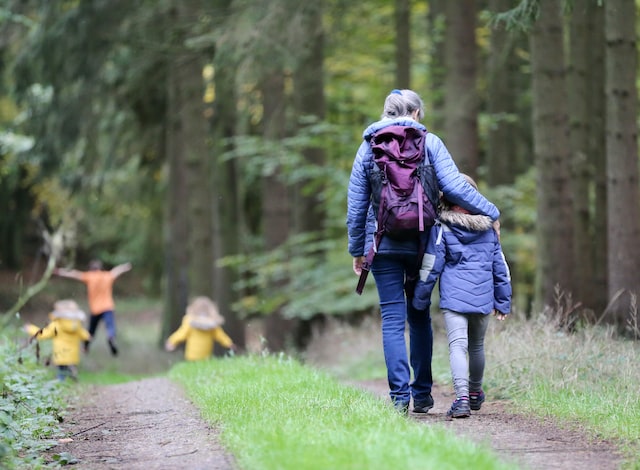
Travel Protection Services for Adventure Travel
Many hiking trails wind through forests, mountains and lakes; terrain could be difficult and weather could be unpredictable. Hikers are frequently beyond access of motorized vehicles when an injury or medical emergency occurs.
With more people outside now more than ever, Global Rescue expanded services to include field rescue within 100 miles of home. With Local Field Rescue — automatically included in any travel protection services membership — Global Rescue is there whether you’re hiking, kayaking, snowmobiling, fishing or simply enjoying the outdoors and get ill or injured and you’re unable to get to safety on your own.

